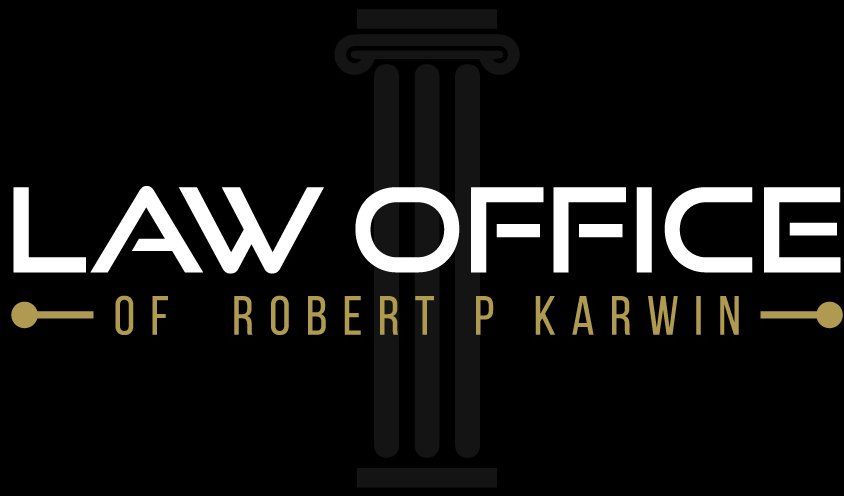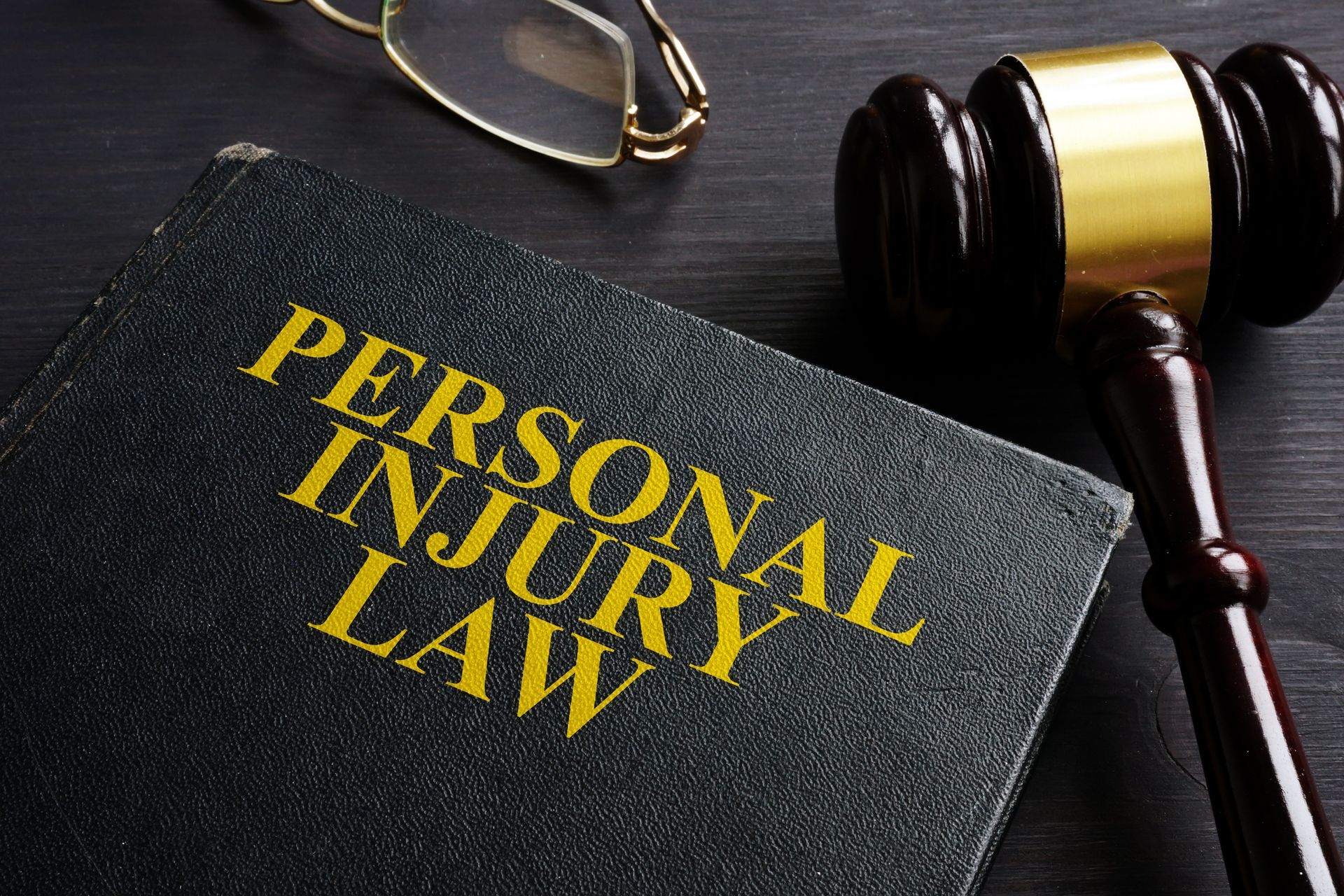Types of Paralysis and Factors Affecting Its Medical Damages
Admin • October 7, 2021

Paralysis, which denies your use of some part of your body, is one of the worst injuries you might suffer in an accident. An understanding of your injuries and associated damages can help you pursue the damages you deserve. Below are some forms of paralysis and its associated medical damages.
Types
Paralysis occurs in different ways. For example, you might suffer:
Monoplegia
This paralysis attacks only one limb, such as your left leg. That means you will be able to use the remaining limbs. The affected limb determines how the paralysis affects your life. For example, monoplegia affecting your dominant hand might affect your life more than that affecting your non-dominant hand.
Hemiplegia
Hemiplegia affects one side of your body. For example, hemiplegia on your left side will affect:
- Your left eye
- Your left ear
- Your left hand
- Your left leg
You might also struggle to talk and breathe since you cannot separate those functions into left and right sides.
Diplegia
Diplegia affects the same part of the body on both sides. For example, the paralysis might affect:
- Both eyes
- Both legs
- Both hands
Diplegia is terrible because it denies you any use of the paired parts of your body. For example, while you may retain the use of one hand if you have monoplegia, diplegia will deny you the use of both hands. That means diplegia will affect your life more than other forms of paralysis.
Paraplegia
Paraplegia affects your lower body. The condition comes in two forms: it can either affect the lower part of your body (from the waist down) or both legs. You will struggle to walk unaided, whichever form of the condition you suffer.
Quadriplegia
Quadriplegia affects all your limbs — both legs and hands. In some cases, the paralysis might affect your whole body from the neck down. Many quadriplegics depend entirely on others for their daily life because they cannot handle any physical task. For example, you need someone to help you bathe, drive, or even eat if you are quadriplegic.
Factors
Like other injuries, the medical damages associated with paralysis vary a lot. Below are some of the critical factors that determine these damages.
Type and Extent of Paralysis
The type and extent of paralysis determine the necessary treatments. For example, loss of function on one side of the body requires different treatment from loss of function of one limb.
The Paralysis Permanency
Paralysis can be either temporary or permanent. With temporary paralysis, the necessary treatment might stop after some time. Permanent paralysis is costly because it requires lifelong treatment and management.
Treatment Techniques
Treatment options for paralysis include physical therapy, surgery, and medication, among others. Your paralysis's cause determines the treatment you need. For example, you might require surgery to deal with a pinched nerve, and surgery doesn't come cheap.
The life-changing nature of paralysis means it can also affect your mental well-being. Thus, many people require psychological therapy alongside the physical treatments. The number of sessions and therapy techniques you need will determine the overall costs of your therapy.
Assistive Devices
You might also require assistive devices to help you deal with your physical limitations. For example, you might need:
- A hearing device if you are hemiplegic
- A wheelchair if you are paraplegic
- Leg prosthetic if you are paraplegic
Apart from the initial purchase costs of these devices, you will also spend money to replace them after some time.
Hopefully, you won't suffer paralysis or any serious injuries. However, factors beyond your control might cause you such injuries. Contact
the Law Office of Robert Karwin if you do suffer such injuries. We will evaluate your case and help you pursue damages.









